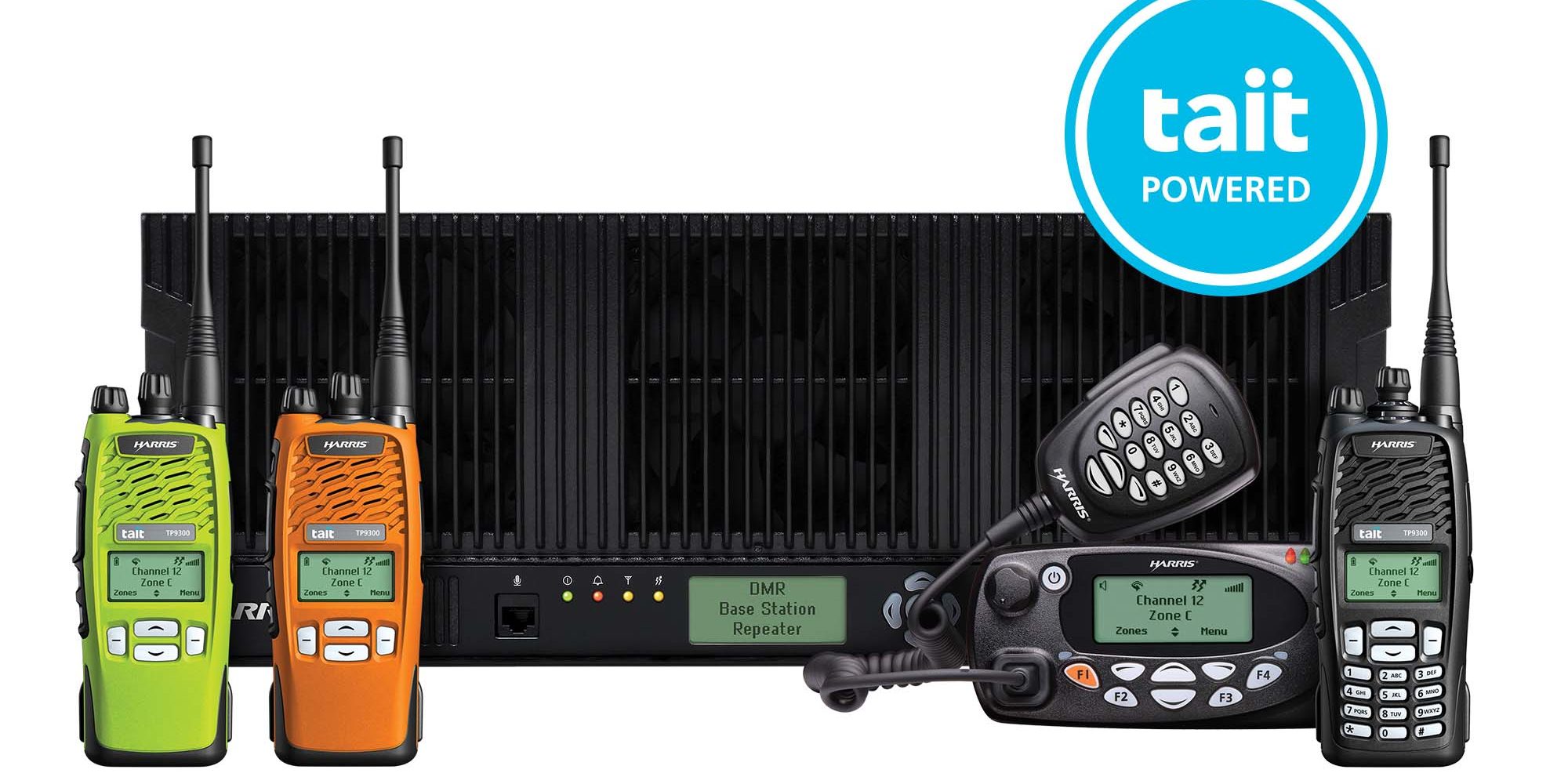-
IP-Based DMR Critical Communications Network Systems
Simulcast is useful because obtaining multiple receive and transmit frequencies in many locations can be difficult. Reusing the same receive and transmit frequencies over a large area is cost-effective and sometimes the only possible solution.
Harris simulcast networks reduce possible points of failure and maintenance costs by having the voting system included in the TB9300 and TB7300 base stations. This allows the network to automatically switch the master voter base station from one site to back-up sites in the same assigned channel group. The best signals are chosen by a digital voter and provided for retransmission.
These compact systems can be reconfigured into a number of cost-effective solutions and also used in analog or DMR Tier 3 and Tier 2. The Harris DMR Tier 3 and Tier 2 Simulcast Networks support stand-alone deployment, or integration into a larger non-simulcast Harris DMR network.
-
Key Benefits
- Reliable trunked and conventional wide area communications
- Require significantly less equipment than a typical analog simulcast network solution while increasing resiliency
- IP-based technologies simplify critical connectivity
- Smooth migration path with abilities for analog and DMR Tier 3 and Tier 2
- Solution Group: PSPC Communications Systems and Networks
- Solution Group: DMR Two-Way Radios


